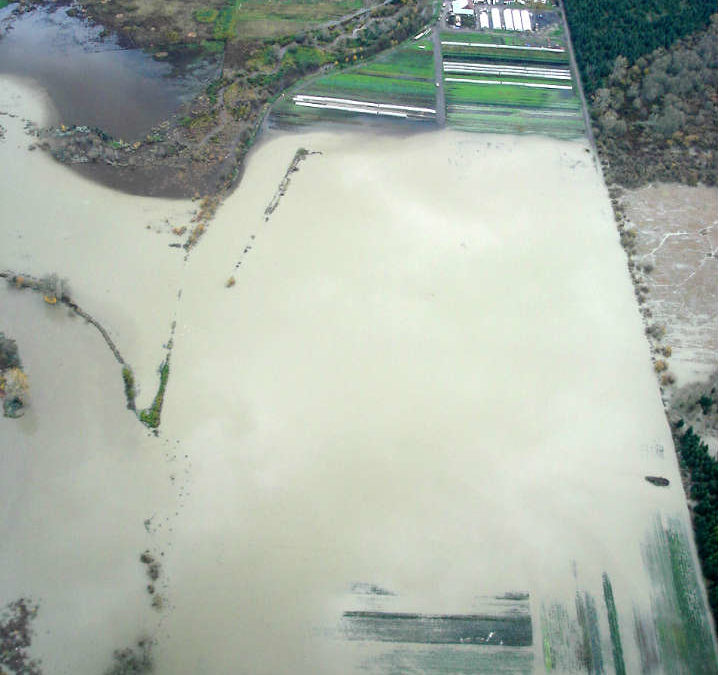
by Kathryn Gardow | Oct 31, 2013 | Farmland Preservation, Flooding, Land Use Planning
Despite a dry month, October 1st is the start of the regulated flood season in King County, Washington which ranks 13th out of 39 counties in agricultural revenue and is home to Seattle, the State’s largest city. From almost 1,800 farms, $127 million is earned...
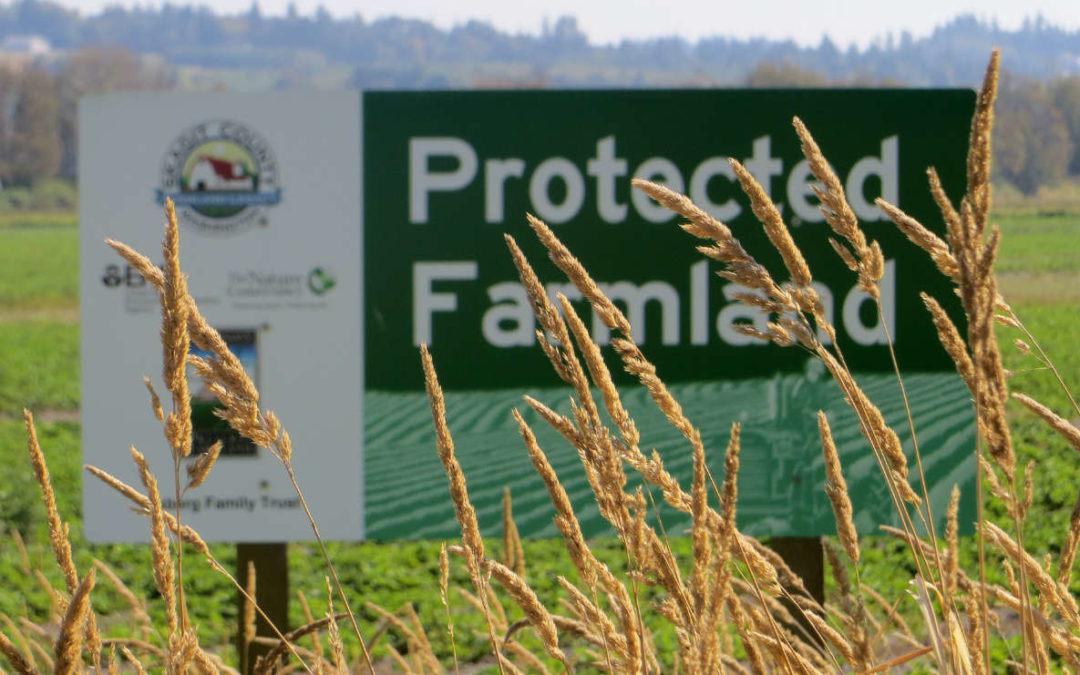
by Kathryn Gardow | Jun 27, 2013 | Farmland Preservation, Land Use Planning
C- is the report card grade for Washington State bridges given by the American Society of Civil Engineers (ASCE), Seattle Section in the 2013 Report Card for Washington’s Infrastructure. Bridge vulnerability was confirmed on May 23, 2013 with Interstate 5...
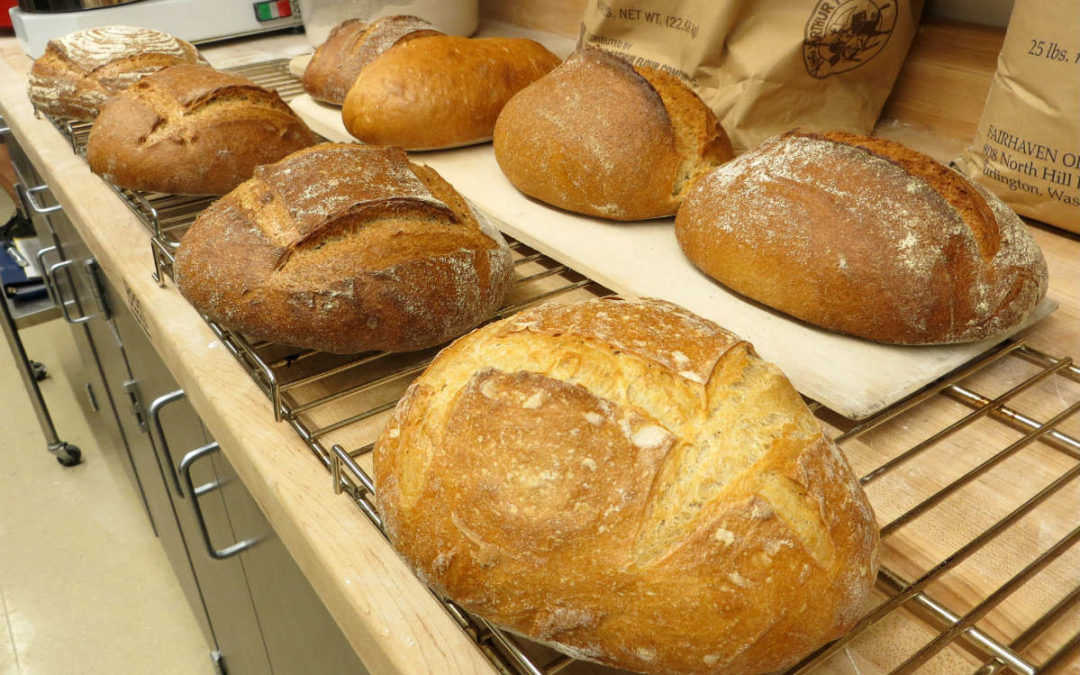
by Kathryn Gardow | May 30, 2013 | Farmland Preservation, Land Use Planning, Local Food
Bread eaten as a sandwich, croutons in a salad, crumbs encasing a chicken leg, or slathered with pizza sauce. Bread is ubiquitous. Most Americans just eat bread with no thought of how it got to their plate. Someone has to grow, pick, clean, process, package, ship, and...
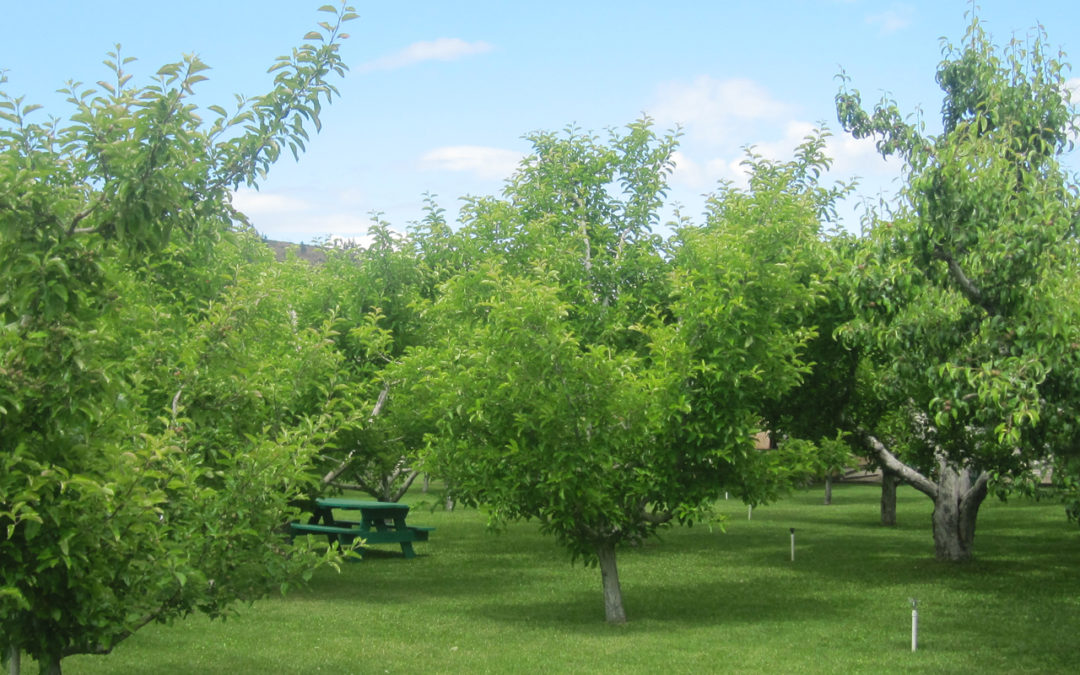
by Kathryn Gardow | Dec 30, 2012 | Farmland Preservation, Land Use Planning
Food and water are necessities. If we don’t have food to eat, we go hungry. Hungry people are bad for society. We take food for granted. Setting the Stage: Puget Sound In Seattle we often live up to our reputation and it rains. This...
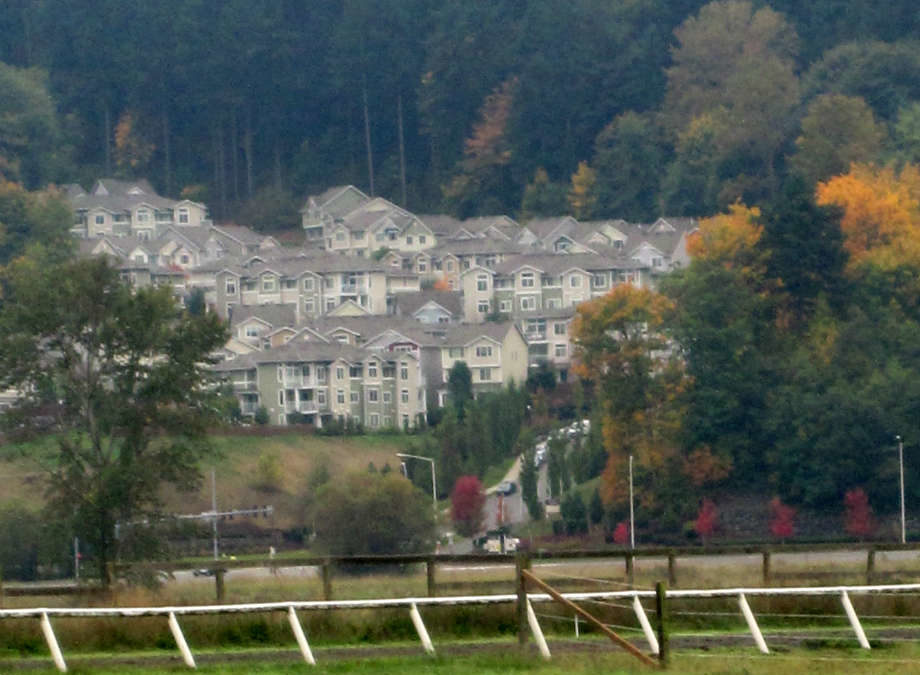
by Kathryn Gardow | Oct 31, 2012 | Farmland Preservation, Land Use Planning
When you farm land you don’t own, you must do your homework prior to getting on the land to ensure your business interests are protected. Spend the time needed to thoroughly understand the land. The landowner is not looking out for your interests. Ask good questions....

by Kathryn Gardow | Sep 30, 2012 | Land Use Planning, Local Food
I can, dry, and freeze some of the food I grow or purchase from the farmers’ market. I do not live a life like Barbara Kingsolver as described in her book Animal, Vegetable, Miracle, where she purchased or grew (almost) all of her food locally and put much of...







